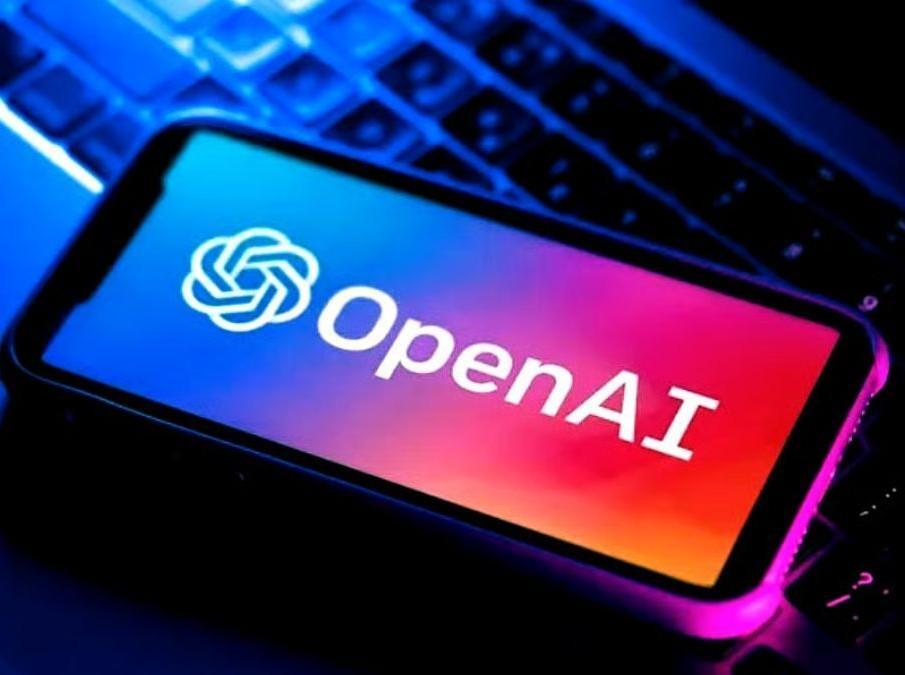
OpenAI Releases Downloadable AI Models for Public, Offline Use
In a groundbreaking move, OpenAI has released two AI models, gpt-oss-120b and gpt-oss-20b, making it possible for anyone to download and run the full models on their own computer. This is a significant shift from the company’s previous stance, where it only allowed limited access to its models through cloud-based services or expensive subscriptions. For the first time since 2019, OpenAI is letting users take control of its AI models, without needing internet access, expensive subscriptions, or even asking for permission.
The release of these downloadable AI models is a significant development in the world of artificial intelligence, as it marks a shift towards democratization of AI. This means that anyone, regardless of their background or resources, can now access and utilize AI models for their projects and applications. The implications of this move are far-reaching, and it has the potential to revolutionize the way AI is used and developed.
What are gpt-oss-120b and gpt-oss-20b?
The two AI models released by OpenAI are called gpt-oss-120b and gpt-oss-20b. These models are based on the transformer architecture, which has been widely used in natural language processing tasks such as language translation, text summarization, and chatbots. The “gpt” in the model name stands for “Generative Pre-trained Transformer,” which is a type of AI model that is trained on a vast amount of text data to generate human-like language.
The main difference between the two models is the size of the model and the amount of training data used. gpt-oss-120b is a larger model that has been trained on 120 billion parameters, while gpt-oss-20b is a smaller model that has been trained on 20 billion parameters. The larger model is capable of generating more accurate and nuanced language, while the smaller model is more suitable for smaller-scale applications.
What does this mean for users?
The release of these downloadable AI models means that users can now access and utilize AI models without relying on cloud-based services or expensive subscriptions. This gives users more control over their AI models, as they can run them on their own computer and make changes to the model as needed.
Some of the benefits of using these downloadable AI models include:
- Increased flexibility: Users can run the AI models on their own computer, without being dependent on internet access or cloud-based services.
- Cost-effective: Users do not need to pay for expensive subscriptions or cloud-based services to access and use the AI models.
- Customization: Users can modify the AI models to suit their specific needs and applications.
- Offline use: Users can use the AI models offline, which is useful for applications where internet access is not available.
What does this mean for developers and researchers?
The release of these downloadable AI models is a significant development for developers and researchers, as it provides them with a new level of access to AI models. This means that they can now use these models as a starting point for their own research and development, and can modify them to suit their specific needs and applications.
Some of the benefits of using these downloadable AI models for developers and researchers include:
- Open-source: The AI models are open-source, which means that developers and researchers can modify and distribute them as they see fit.
- Customization: Developers and researchers can modify the AI models to suit their specific needs and applications.
- Collaboration: The release of these AI models can facilitate collaboration among developers and researchers, as they can work together to modify and improve the models.
What does this mean for the future of AI?
The release of these downloadable AI models marks a significant shift towards democratization of AI. This means that AI is no longer limited to a select few who have the resources and knowledge to access and use it. Instead, AI is now more accessible to a wider range of people, including developers, researchers, and users.
This shift has the potential to accelerate the development and adoption of AI, as it provides more people with the tools and resources they need to create and use AI models. It also means that AI can be used in a wider range of applications and industries, including healthcare, finance, education, and more.
Conclusion
The release of gpt-oss-120b and gpt-oss-20b by OpenAI marks a significant shift towards democratization of AI. This means that anyone can now access and use AI models without needing internet access, expensive subscriptions, or even asking for permission. The implications of this move are far-reaching, and it has the potential to revolutionize the way AI is used and developed.
For developers and researchers, this release provides a new level of access to AI models, and allows them to modify and customize the models to suit their specific needs and applications. For users, this release provides more control over AI models, and allows them to use them offline and without relying on cloud-based services.
As AI continues to evolve and improve, it is likely that we will see more developments like this, which will further democratize AI and make it more accessible to a wider range of people.
Source:






